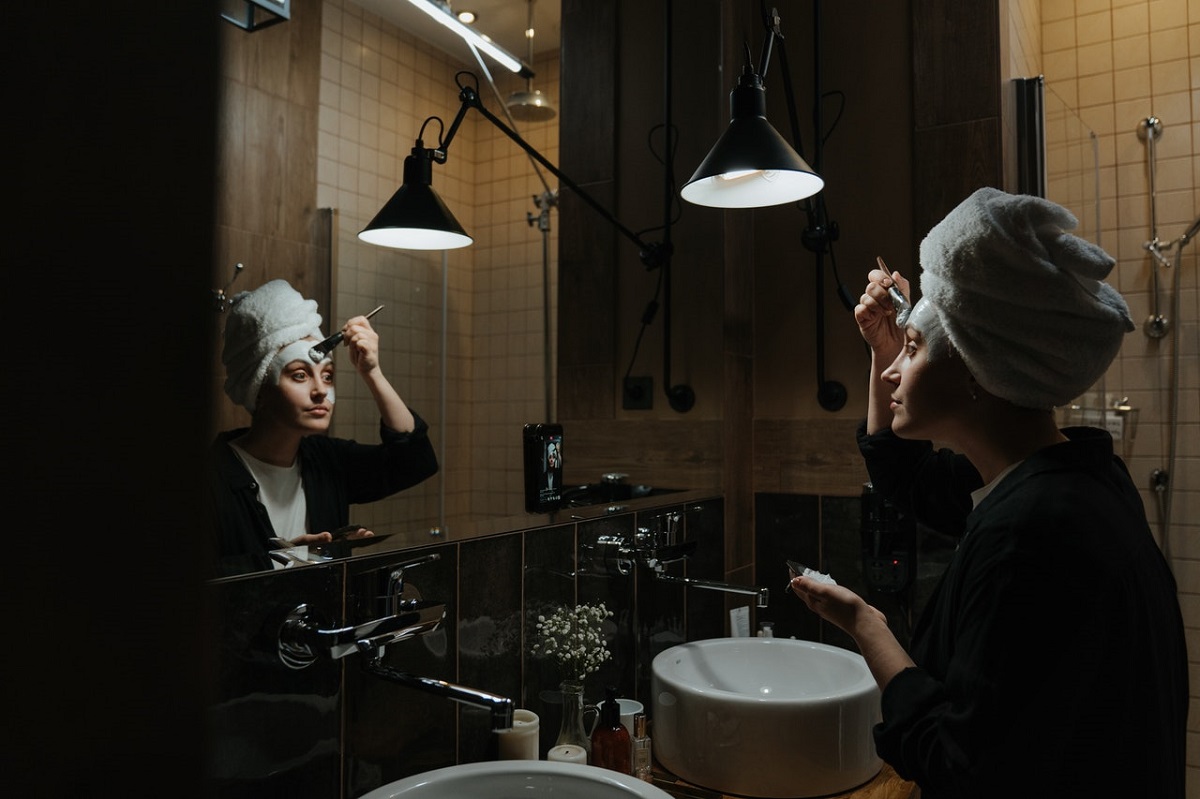The market is saturated with beauty brands, which promise to work their scientific efficiency on whatever skin type. The dynamic competition of these brands, small and big alike, presents the challenge to come up with the best skin-friendly formulations out there. For the same reason, the trend of super specifically labeling products with, say, naturally-sourced ingredients only or all-in-one function (e.g., cleanses, moisturizes, and nourishes) to overwhelm consumers with all these brands fighting to stand out from the rest.
Anyone would want to get the bang for their buck. Similarly, we would expect results from bottles of product that take months or years to consume. However, the thought of refilling our skincare stash by shopping for moisturizers online can be challenging. Buying from this brand might mean forgoing the other brand, which might be the holy grail product we’ve been searching for all along.
Of course, there’s also the pressing need for us to consume according to ethical standards of no animal cruelty and environmental preservation. Oftentimes, we brush this off to the lesser of our priorities. Still, recent natural events of large scales prove that, apart from businesses adapting more sustainable production methods, we should also be more responsible consumers.
Guess we can say the mere repurposing of emptied bottles and jars for other purposes just won’t cut it. The environmental crisis warrants more than just recycling but tackling waste and pollution from the earliest stages of sourcing ingredients. The same is true when designing product packaging.
As early as this point of the article, be informed that cosmetics and similar products do not need approval from FDA before they can be commercialized unless their components include any color additives. If that and the fact that brands are allowed to sell without this restriction doesn’t alarm you one least bit, we don’t know what would. So, in this world dominated by everything vegan, cruelty-free, and organic, how can we avoid being none the wiser? To reassure you in your next beauty splurge, here are green flags you have to look out for in beauty brands:
They Reduce Environmental Impact
One fool-proof way to check for a brand’s eco-friendliness is through certifications like the one from Leaping Bunny to prove cruelty-free, no-animal-testing practices and a B-Corp badge to signify meeting the highest social and environmental standards, among other renowned certifications.

A good beauty brand puts a lot of thought into products and their packaging. Not only should containers be easy to repurpose once empty or made of biodegradable material, but these should also be manufactured in a way that generates the least waste possible. This leaves a big gap for improvement for packaging designs with pumps made of several components proving difficult to disassemble. Hence, they’re difficult to recycle. It’s also important to note other non-recyclable products, even if they’re made of eco-friendly materials, makeup brushes, and wipes, for example.
Many companies rose to the occasion with various innovations they applied to their production, using refillable containers, for example. Another that’s worth noting is creating eco-friendly shipping boxes, knowing online shopping is preferred these days.
Beauty companies that commit reduction figures of carbon and other hazardous chemical emissions, usage of water and other utilities, and plastic in their production, are also worth patronizing. Although now discouraged for its exploitative background as to cause deforestation in the Amazon, the use of palm is still a work in progress for many brands as it’s one of the few sources of surfactants and emulsifiers contained in many cosmetic products.
They Care for Users
Go for brands that use no harmful ingredients. Just some of the most common ones are parabens. Although they act to fight bacteria growth in your products, they are associated with health issues such as breast masses. Phthalates, commonly found in many shampoos, are associated with hormonal imbalances, diabetes, and even cancer.
Although widely used as a solvent of cosmetic ingredients, alcohol also poses adverse effects on the skin. Particularly “drying” ones like ethanol, methanol, ethyl, and denatured alcohol are what you want to avoid.
Fragrances are increasingly becoming taboo in the beauty community for their irritating effects not only on the skin but also on the lungs when inhaled. But, if you want to smell nice, you can always opt for natural scents. They’re cheaper than artificial ones too.
Overall, a good beauty brand is transparent and wouldn’t succumb to deceptive tactics, not to us and, most certainly, not Mother Nature. They’re honest with the ingredients they use and the practices they do. Of course, any business would encounter the need to balance profitability and environmental friendliness along the way. Still, they wouldn’t let it hinder what would be beneficial for many in the long run.
